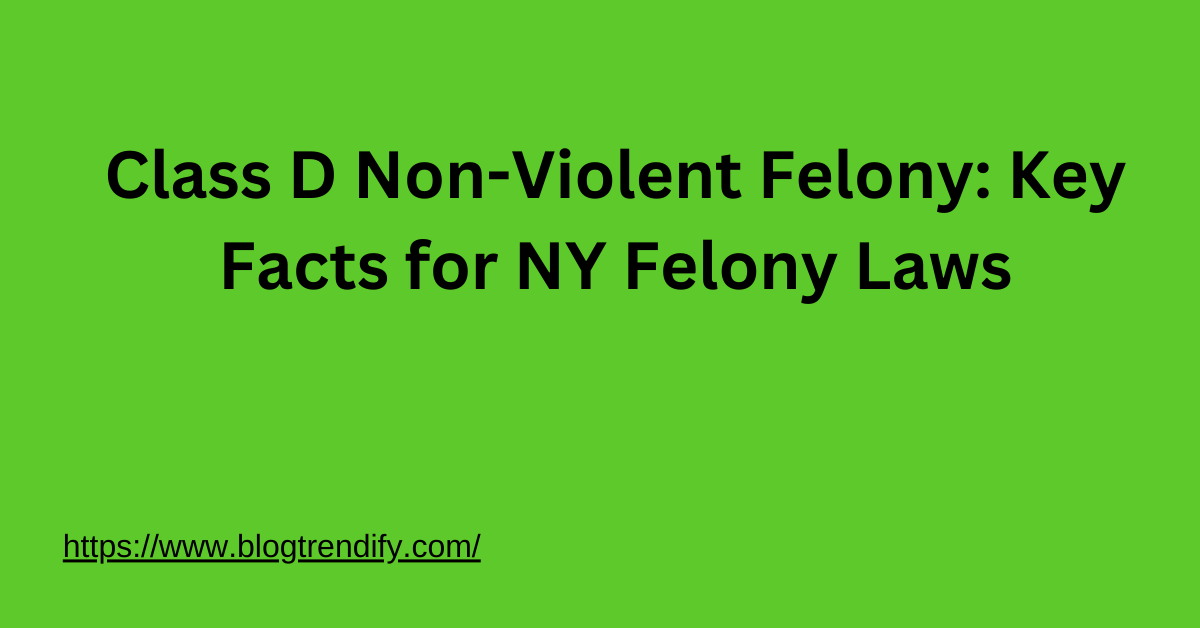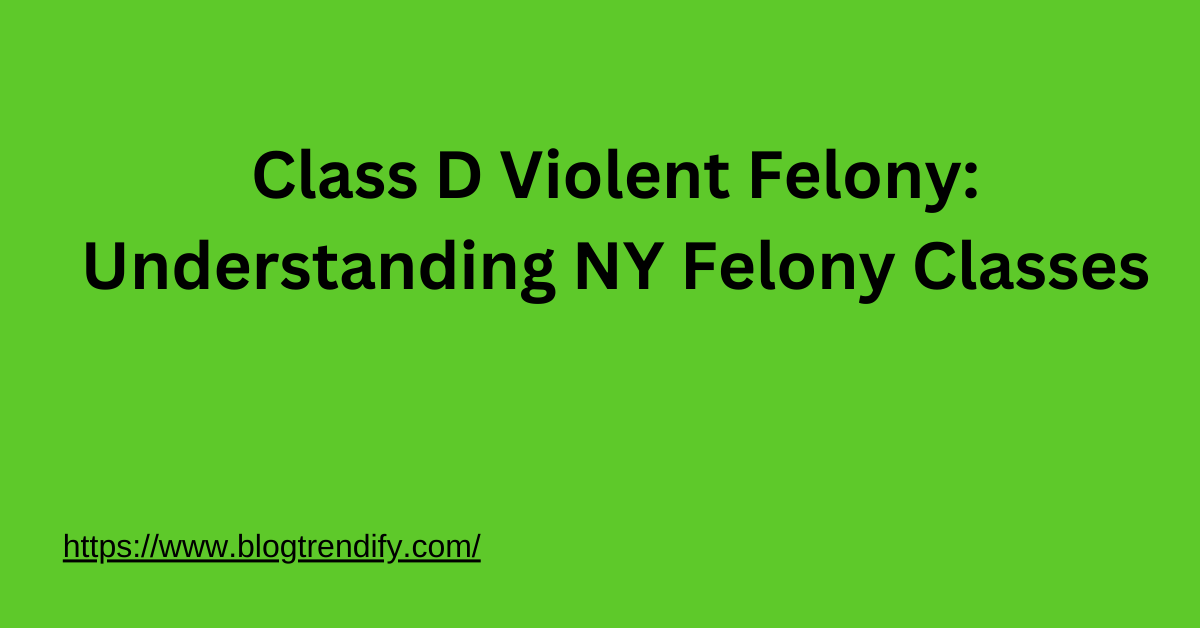Class C Violent Felonies: A Complete Overview
Table of Contents
ToggleDiscover what Class C violent felonies are, examples, penalties, and how they differ from other felony classes in this easy-to-read guide
Introduction
Class C violent felonies encompass a range of serious crimes involving harm or the threat of harm. These offenses carry significant legal penalties and long-lasting personal and societal impacts. Below, we explore key examples of Class C violent felonies, including their definitions and potential consequences.
What Are Class C Violent Felonies?
Class C violent felonies are mid-level crimes that involve violence or the risk of significant harm to individuals or public safety. Although not as severe as Class A or B felonies, these offenses still carry heavy penalties, including imprisonment and fines.
Key Examples of Class C Violent Felonies
Aggravated Sexual Abuse in the Second Degree
This crime involves the non-consensual use of foreign objects to cause physical injury to a victim. It is considered one of the most serious Class C felonies.
Elements of the Crime
- Non-consensual contact
- Use of force or threats
- Intent to harm or degrade
Assault on a Peace Officer, Police Officer, Firefighter, or EMT
This offense applies when an individual intentionally causes serious physical injury to a first responder while they are performing their duties.
Examples
- Striking an officer during an arrest
- Using a weapon against an EMT on duty
Burglary in the Second Degree
Burglary involves unlawfully entering a property with the intent to commit a crime, such as theft or assault, and is elevated to second-degree when specific factors are present.
Factors Elevating to Second Degree
- The property is a dwelling
- The offender is armed
- Violence occurs during the act
Criminal Possession of a Weapon in the Second Degree
This offense includes the illegal possession of firearms or other weapons with the intent to use them unlawfully.
Criteria for the Offense
- Possessing a loaded firearm
- Intent to harm
Criminal Sale of a Firearm in the Second Degree
This crime involves unlawfully selling firearms without proper authorization or in violation of regulations.
Examples
- Selling firearms to unauthorized individuals
- Large-scale firearm trafficking

What Are Class C Violent Felonies? Key Facts You Must Know
Criminal Sale of a Firearm with the Aid of a Minor
This offense occurs when someone uses a minor to facilitate the illegal sale of firearms.
Key Elements
- Involvement of a minor
- Knowledge of illegality
Criminal Use of a Firearm in the Second Degree
This charge applies when a firearm is used in the commission of another felony, such as robbery or assault.
Gang Assault in the Second Degree
This crime involves three or more individuals intentionally causing serious physical injury to a victim.
Key Aspects
- Group involvement
- Severe physical harm
Robbery in the Second Degree
Robbery in the second degree occurs when theft involves force or the threat of force, often with aggravating circumstances.
Aggravating Circumstances
- Use of a weapon
- Injuring the victim
Penalties for Class C Violent Felonies
General Sentencing Guidelines
- Prison Time: Typically 3 to 15 years
- Fines: Up to $15,000
Aggravating Factors Influencing Sentencing
- Use of weapons
- Repeat offenses
- Involvement of minors
Defenses Against Class C Violent Felonies
Common Legal Defenses
- Lack of intent to harm
- Insufficient evidence
- Violation of constitutional rights during arrest or investigation
Role of Legal Representation
Skilled attorneys can negotiate plea deals, challenge evidence, and present mitigating factors.
Conclusion
Class C violent felonies represent significant offenses that carry harsh penalties and long-term repercussions. Understanding the specifics of each crime, its elements, and the associated penalties is crucial for navigating these legal challenges. With proper legal assistance and awareness, individuals can better address these charges and explore options for rehabilitation or reduced sentencing.
FAQs
1. What distinguishes Class C violent felonies from non-violent felonies?
Class C violent felonies involve physical harm or the threat of harm, whereas non-violent felonies typically involve financial or property crimes.
2. Can first-time offenders face reduced sentences for these crimes?
In some cases, first-time offenders may be eligible for reduced sentences or alternative programs depending on the circumstances.
3. Are weapons always involved in Class C violent felonies?
No, while many Class C violent felonies involve weapons, others may involve physical harm or threats without a weapon.
4. How does gang assault differ from regular assault?
Gang assault requires the involvement of three or more individuals intentionally causing harm to a victim.
5. Can these charges be expunged from a criminal record?
In many jurisdictions, violent felonies are not eligible for expungement, though laws may vary depending on the location and circumstances.




